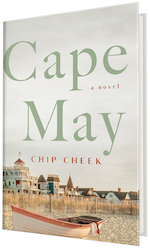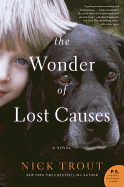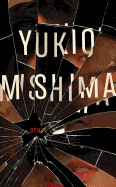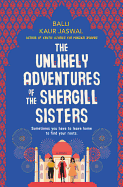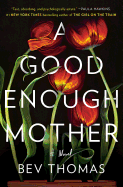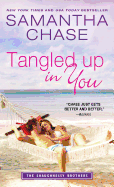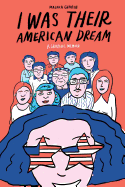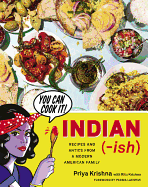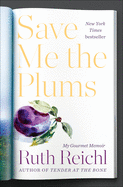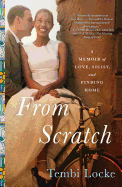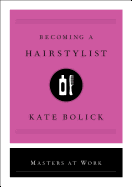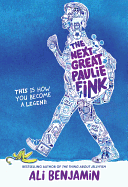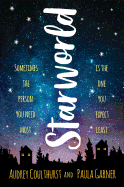 |
| photo: Sharona Jacobs |
Chip Cheek's stories have appeared in the Southern Review, the Harvard Review, the Washington Square Review and other journals and anthologies. He has been awarded scholarships to the Bread Loaf Writers' Conference, the Tin House Summer Writer's Workshop and the Vermont Studio Center. He earned a Masters in Fine Arts from Emerson College and currently lives in El Segundo, Calif., with his wife and baby daughter. His first published novel, Cape May (Celadon Books, April 2019), is an Indies Introduce title.
You've lived in Georgia, Boston and California. What is your connection to Cape May, N.J.?
While I was getting my MFA in Boston, I became friends with Lizzie Stark. Her family had a house in Cape May. Two or three times a year, usually in the fall or winter, a group of us would go there for our own little writing retreats. We huddled up in the house and took frigid walks by the beach. Because we often went there in the off-season, I came to associate the town as empty and atmospheric. It is very different in the summer, I know. All of it holds such a fond place in my memory.
Tell us more about the atmospheric mood in this novel. You were born near Milledgeville, Ga., home of Flannery O'Connor. There's a Flannery influence to this story, it seems.
Yes, she was one of my first loves as a writer. I found her late, after I graduated college. When I read A Good Man Is Hard to Find, I thought: oh my God, this woman is writing about my family! These are my people! The cadences, the dialogue, the way they talk and think--that's where I'm from so I devoured everything by her. There's an unmistakable influence, I'm sure.
You were writing a different story when Cape May emerged.
I was. I had been trying to write a novel for years. I finished my MFA in 2007 and I was working on stories, but I decided that the novel was my true love. It was all I wanted to do, yet I never seriously tried it. The material I started with was dark, Depression-era stuff. My family has a railroad background--much like main character Henry's family in Cape May--and I have always been very interested in writing about that. But when I did, nothing came together. That novel turned into another one set in the Jim Crow era based on something that happened in my family years ago. It was a very dark version of To Kill a Mockingbird. I thought, now this is "the stuff." The real literary, intellectual stuff.
And how did that become Cape May?
I kept getting sidetracked by love stories. Even though I wrote so fluidly when I was writing about love and sex and desire, I kept dismissing it. After I got married, I was working on the Jim Crow novel and decided to marry off two characters, Effie and Henry. I thought, "Let's send these two people to Cape May and see what happens there!" Suddenly, I had this novel. It only happened because I listened to this internal desire to write about love instead of backtracking to my serious, dark novel. I wasn't sure if anyone would care about these normal people and their tender feelings, but I knew that I cared and I wanted to follow it. Love, sex and desire--that is "the stuff."
There is a lot of love, sex and desire in Cape May. How were those scenes for you to write?
Extraordinarily difficult! I have been drawn to the subject for years, probably because in my relatively normal middle-class life, the most urgent dramas had to do with sex and love. As a fiction writer, these subjects fascinate me because most people have experience with them but it is so complicated! There are so many forces at work. Like an iceberg, 99% of it is sub-textual. I love trying to capture the thrill of it, the awkwardness... but it is so, so hard to write. It is easy to embarrass yourself.
The intimacy between the characters is such an essential part of this story. Who was your favorite character to write?
Effie, because she is based on the tough Southern ladies I knew as a child. She's my mom, my sisters-in-law, my aunt. She is someone I know very well and hold with deep affection. And Clara, a Manhattan socialite that Effie and Henry meet, was an incredibly fun verbal force of nature. When Henry and Effie knocked on Clara's door, I had no idea who would answer. She was born straight from her own dialogue.
How long did it take you to write and revise the novel?
I wrote Cape May in two months but took another two years for revisions. That pace intensified in November 2016 when my wife and I learned we were expecting a baby. I raced to finish it. The book deal and the baby came within days of each other. We also moved across the country. Life has been a bit of a whirlwind lately, but I would not trade it for anything. I am doing exactly what I always dreamed of doing. --Melissa Firman
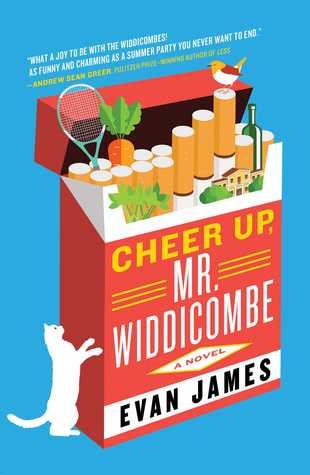 The best comedy happens when nothing goes according to plan. In Evan James's hilarious debut, Cheer Up, Mr. Widdicombe (Atria, $26), Frank Widdicombe is facing a boring summer at home--with his family!--instead of taking his regular holiday to France with his buddies. His wife, Carol, thinks he's depressed, so that's no help. And their grown son just sulks around the house after a man broke his heart in Florence. Poor Christopher. All he's ever wanted is harsh parental rejection to fuel his art, but Frank and Carol continue to offer love and acceptance. How rotten.
The best comedy happens when nothing goes according to plan. In Evan James's hilarious debut, Cheer Up, Mr. Widdicombe (Atria, $26), Frank Widdicombe is facing a boring summer at home--with his family!--instead of taking his regular holiday to France with his buddies. His wife, Carol, thinks he's depressed, so that's no help. And their grown son just sulks around the house after a man broke his heart in Florence. Poor Christopher. All he's ever wanted is harsh parental rejection to fuel his art, but Frank and Carol continue to offer love and acceptance. How rotten.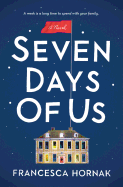 Family dysfunction does that easily. Seven Days of Us by Francesca Hornak (Berkley, $16) places a family of four within the confines of their home for the Christmas holiday. Quarantine, actually. One of the grown daughters has been doing medical relief work abroad, and it's standard operating procedure for anyone who may have encountered the deadly Haag virus present in the region. The rest of the family have only minor complaints about getting locked up together--if one doesn't count the bombshell secrets they've been fastidiously keeping from one another. It's a recipe for sidesplitting disaster, really.
Family dysfunction does that easily. Seven Days of Us by Francesca Hornak (Berkley, $16) places a family of four within the confines of their home for the Christmas holiday. Quarantine, actually. One of the grown daughters has been doing medical relief work abroad, and it's standard operating procedure for anyone who may have encountered the deadly Haag virus present in the region. The rest of the family have only minor complaints about getting locked up together--if one doesn't count the bombshell secrets they've been fastidiously keeping from one another. It's a recipe for sidesplitting disaster, really.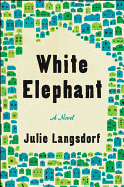 And if those aren't enough to thoroughly tickle your funny bone, allow me to recommend Professor Chandra Follows His Bliss by Rajeev Balasubramanyam (Dial, $27). We called it a "smart, engaging comedy of errors crossed with a charming late-stage coming-of-age story" earlier this year. To that end, White Elephant by Julie Langsdorf (Ecco, $26.99) is a sharp, entertaining send-up of modern suburban woes. Read on and laugh loud! --Dave Wheeler, associate editor, Shelf Awareness
And if those aren't enough to thoroughly tickle your funny bone, allow me to recommend Professor Chandra Follows His Bliss by Rajeev Balasubramanyam (Dial, $27). We called it a "smart, engaging comedy of errors crossed with a charming late-stage coming-of-age story" earlier this year. To that end, White Elephant by Julie Langsdorf (Ecco, $26.99) is a sharp, entertaining send-up of modern suburban woes. Read on and laugh loud! --Dave Wheeler, associate editor, Shelf Awareness


